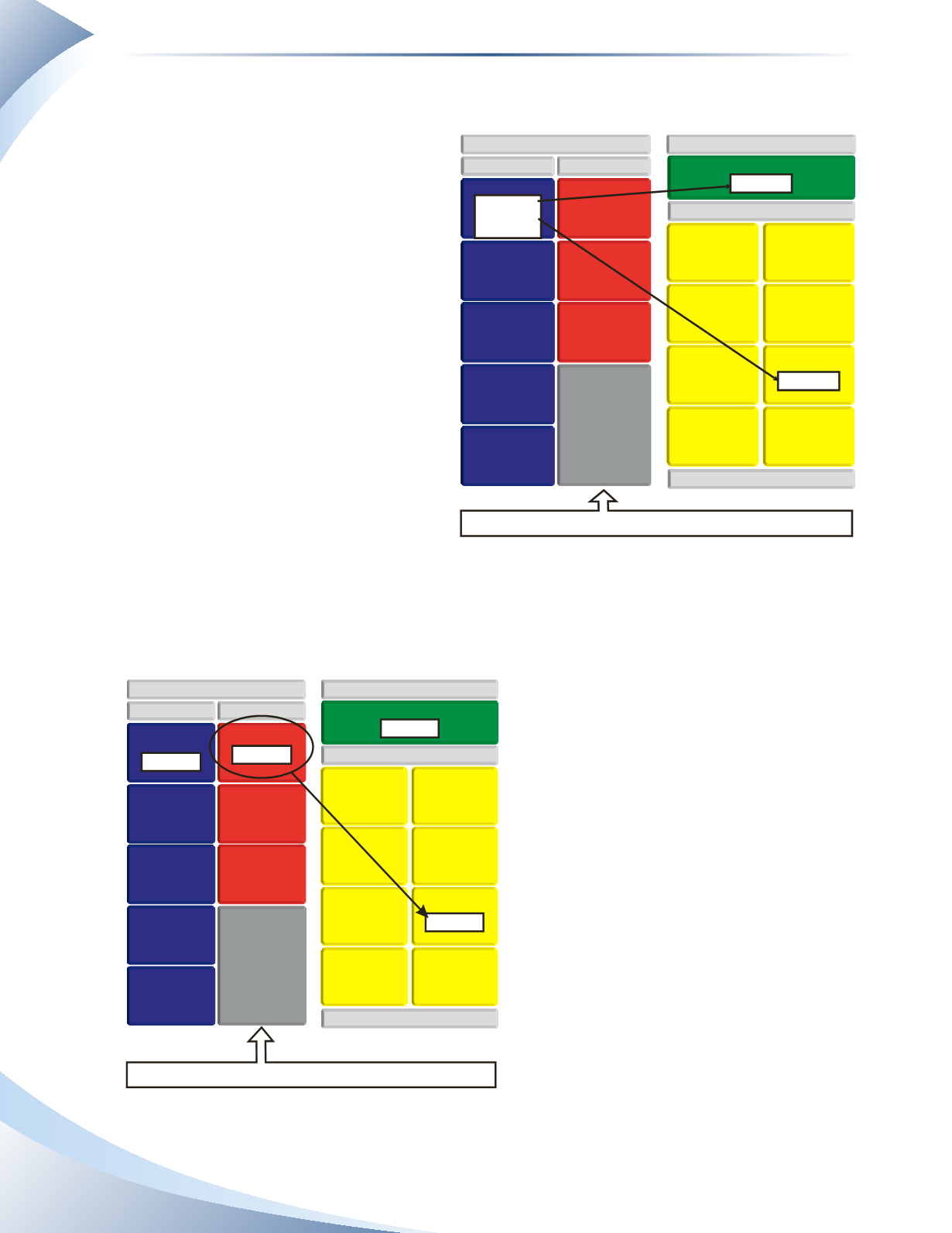
Chapter 1
Financial Statements: Personal Accounting
12
Cash-Based vs. Accrual-Based Accounting
If a cash-based method of accounting
is used, then revenue and expenses are
recorded only when the cash is received
or paid.
As illustrated in Figure 1.21, at the end of
January you deposit $3,000 salary earned
that month and you pay expenses of
$2,000 using cash from the bank. The
difference between revenue and expenses
results in an increase in net worth of
$1,000, which happens to be the same as
the increase in cash.
Suppose that you deposit salary of $3,000
in January, but choose to charge all $2,000
worth of expenses to your credit card, which
is to be paid in February. When you use
cash-based accounting,
your net worth
appears to be $3,000 in January, since no
cash is used to pay your expenses.
If you are using accrual-based accounting,
you need to recognize the expense in January,
the month in which it was actually incurred.
In Figure 1.22, the income statement for
the month of January shows that you have
matched the revenue of $3,000 (an increase
in net worth) to the expenses in January of
$2,000 (a decrease in net worth), resulting
in an overall increase in net worth of $1,000.
Cash remains at $3,000 because you have not
spent any of it yet.
The accrual system of accounting recognizes
the change in net worth even though payment
is not necessarily received or paid.
Four transactions that occurred in January are
presented below.Their impact on the balance
sheet and income statement are shown in
Figure 1.23.Keep inmind that the accounting
equation must always stay in balance.
SURPLUS (DEFICIT)
EXPENSES
2
ASSETS
PERSONAL BALANCE SHEET
LIABILITIES
CASH
PREPAID
EXPENSES
AUTOMOBILE
UNPAID
ACCOUNTS
MORTGAGE
LOANS
NETWORTH
+ $3,000
- 2,000
= $1,000
REVENUE
DEPRECIATION
FOOD
ENTERTAINMENT
INTEREST
MAINTENANCE
MISCELLANEOUS
UTILITIES
INSURANCE
+ $2,000
+ $3,000
PERSONAL INCOME STATEMENT
Net worth increases by $3,000, then decreases by $2,000, leaving a balance of $1,000
CONTENTS
OF HOME
HOUSE
January
PERSONAL INCOME STATEMENT
SURPLUS (DEFICIT)
EXPENSES
2
ASSETS
PERSONAL BALANCE SHEET
LIABILITIES
CASH
PREPAID
EXPENSES
HOUSE
AUTOMOBILE
CONTENTS
OF HOME
UNPAID ACCOUNTS
MORTGAGE
LOANS
NETWORTH
+ $3,000
+ $2,000
REVENUE
DEPRECIATION
FOOD
ENTERTAINMENT
INTEREST
MAINTENANCE
MISCELLANEOUS
UTILITIES
INSURANCE
+ $2,000
+ $3,000
January
An expense always decreases net worth
Net worth increases by $3,000, then decreases by $2,000, leaving a balance of $1,000
______________
FIGURE 1.22
______________
FIGURE 1.21


